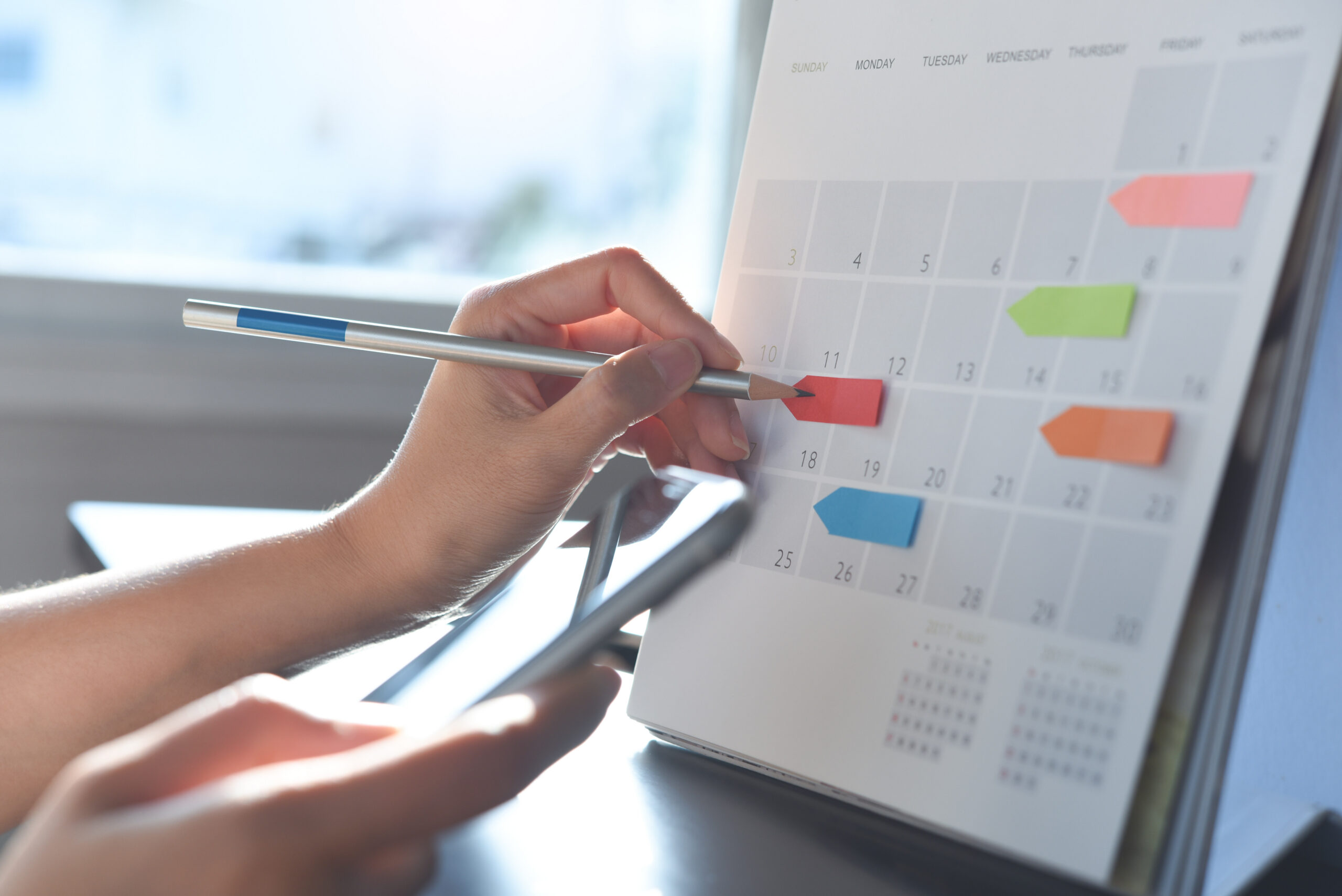Keeping track of bills can feel overwhelming when due dates scatter across the month. One missed payment can mean late fees, higher interest rates, or even a dip in your credit score. A monthly bill calendar is an easy visual tool to help you see what’s due and when, so you can manage your cash flow and stay on top of payments.
Why a Bill Calendar Works
Unlike budgeting apps that track spending after it happens, a bill calendar lets you plan ahead. By laying out your bills alongside your paydays, you can see if you’ll have enough cash available before a bill is due. It also helps prevent the all-too-common scramble of remembering which bill is coming up next.
What You Need to Start
You don’t need fancy software to build a bill calendar—just choose the format that works best for you:
Paper calendar or planner: Great for those who like writing things down.
Spreadsheet: A simple Excel or Google Sheets document gives flexibility for tracking.
Digital calendar: Tools like Google Calendar or Outlook can send reminders straight to your phone.
Steps to Create Your Bill Calendar
Step 1: List All Monthly Bills
Write down every recurring bill, including rent or mortgage, utilities, subscriptions, insurance, credit cards, and loan payments. Don’t forget smaller charges like streaming services or gym memberships.
Step 2: Mark Due Dates
On your calendar, write each bill on its due date. Be specific—include the name of the bill and the amount due. If the amount varies (like utilities), use an average estimate.
Step 3: Add Paydays
Mark the days you get paid. This way, you can match your income with your upcoming expenses.
Step 4: Plan for Cash Flow
If a large bill falls before payday, note that you’ll need to save from your previous paycheck to cover it. This step helps you see where money may be tight.
Step 5: Set Reminders
If you’re using a digital calendar, set up alerts a few days before each due date. For paper calendars, consider color-coding bills by urgency or payment method.
Example of a Monthly Bill Calendar
Here’s what a simple monthly calendar might look like with bills and paydays:
| Date | Bill | Amount | Notes |
|---|---|---|---|
| 1st | Rent/Mortgage | $1,200 | Auto-pay |
| 3rd | Car Payment | $350 | Paid from 1st paycheck |
| 5th | Internet | $70 | Due before next payday |
| 10th | Credit Card | $150 | Set reminder |
| 15th | Payday | — | Covers mid-month bills |
| 17th | Electric Bill | $120 | Estimate |
| 20th | Phone Bill | $90 | Auto-draft |
| 25th | Student Loan | $300 | Scheduled online |
| 30th | Payday | — | Save for next month’s rent |
This layout gives you a clear picture of when money comes in and when it goes out.
Extra Tips for Success
Build a buffer: If possible, keep at least one month’s worth of bills in a savings account.
Use automation wisely: Auto-pay prevents late payments, but still monitor to avoid overdrafts.
Review monthly: Update your calendar whenever bills change, like subscription price hikes.
Group payments: If several bills are due at once, see if your provider will let you adjust due dates for better cash flow.
Final Thoughts
A monthly bill calendar is one of the simplest tools for managing money, but it has a big impact. By organizing your bills visually, you’ll reduce stress, avoid late fees, and take more control over your cash flow. Whether you keep it digital or old-school on paper, the key is consistency—once you build the habit, your bills won’t sneak up on you again.
Sources
Consumer Financial Protection Bureau (CFPB)
National Foundation for Credit Counseling (NFCC)
American Bankers Association (ABA)



